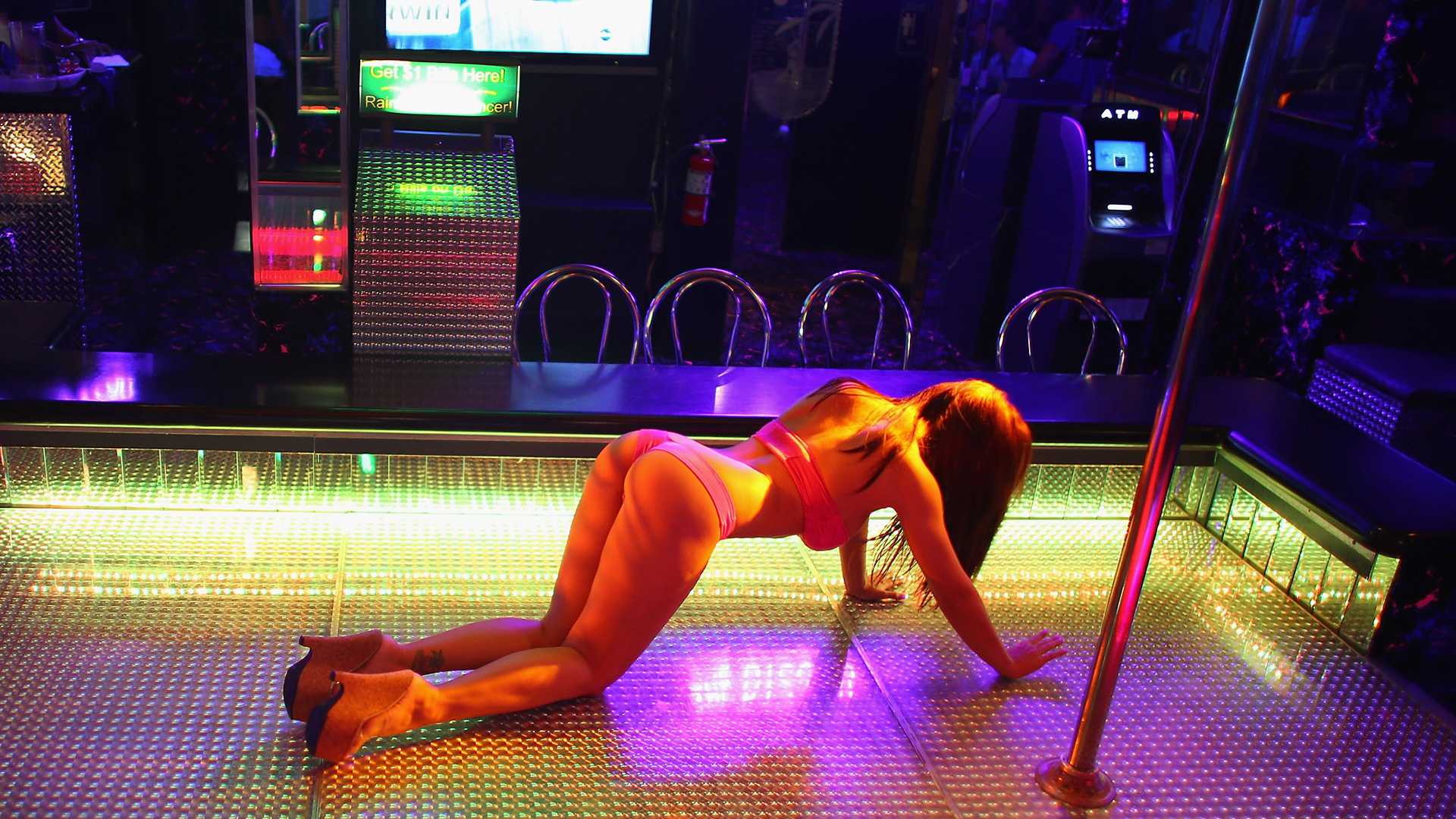Society has made several negative stereotypes about strip clubs and the strippers working in them. Usually, they consider strippers as uneducated and drug-addicted women who are forced to work in the industry. These stereotypes bring about hurtful myths and fail to acknowledge the difficulty of the people working in these strip clubs. Let’s explore some of the most common stereotypes about strip clubs and strippers.
Stereotypes about Strippers
Stereotype 1: Strippers are all drug addicts
There is a big myth that all strippers are drug addicts. This myth is often spread via movies and TV shows, portraying strippers as women constantly using drugs to cope with their job stress. No doubt, some strip dancers struggle with addiction, but it is unfair to assume that all strippers are drug addicts. Many women choose this profession and industry because it helps them earn a good living, not because they are drug addicts.
Stereotype 2: Strippers are all uneducated
Another stereotype about strippers is that they are all uneducated. This myth is on the assumption that being uneducated they have no other options than joining strip clubs. In reality, many women working in strip clubs are highly educated. Maybe they chose this profession because it is a lucrative way to earn money.
Stereotype 3: Strippers are all shameless
Another common stereotype about strippers is that they are shameless and engage in sexual activity with customers. No doubt, some strippers offer sexual services, but it’s wrong to say this for all. Many strip clubs have strict rules against engaging in sexual activity with customers. Also, it’s unfair to assume strip dancers are as promiscuous as women working in other industries.
Stereotype 4: Strippers are all victims
Many people consider strippers as victims. They think strippers are forced to work in the industry against their will. While this is true to some extent, but is not the case with all strippers. Many women choose to work in the industry because it allows them to earn a good living and use their independence. Also, assuming these women as victims ignores their decision-making capabilities.
Stereotypes about Strip Clubs
Stereotype 1: Strip clubs are seedy and dangerous
Most people consider strip clubs as seedy and dangerous places. And the customers are always at risk of being robbed or assaulted in such strip clubs. This myth depicts strip clubs as hotbeds of criminal activity. There may be some risk in going to a strip club, but most clubs are safe and well-managed establishments.
Stereotype 2: Strip clubs are only for men
Usually, people think strip clubs are meant only for men. Men enjoy watching strippers but are not the only ones to do so. In reality, many women enjoy going to strip clubs as well. Some strip clubs even cater specifically to women. Moreover, many LGBTQ+ strip clubs cater to a diverse range of patrons.
Stereotype 3: Strip clubs are places of exploitation
People think strip clubs exploit women by forcing them to dance and indulge in sexual acts. Some women may be forced into such activities, but this is not the case with all women working in this industry. Many women prefer working in strip clubs because it helps them earn a good living and exercise independence.
Stereotype 4: Strip clubs are only for the wealthy
Usually, people assume that strip clubs are only for affluent people. They think so because strip clubs are expensive and cater exclusively to HNIs. Some strip clubs are expensive, but there are several affordable ones too. Also, many strip clubs offer discounts or promotions to regular customers and the ones coming during off-peak hours.
Stereotype 5: Strip clubs are degrading to women
Many people think strip clubs are degrading to women and perpetuate harmful gender stereotypes. Such people consider watching women dance naked inherently objectifying and humiliating. It is true with some strip clubs but not the case with all strip clubs. Many strippers report feeling empowered.
The stereotypes about strip clubs and strippers are harmful and inaccurate. Challenging these myths and recognizing the individual experiences of people working in strip clubs can help build a more accurate and compassionate understanding of this industry.



